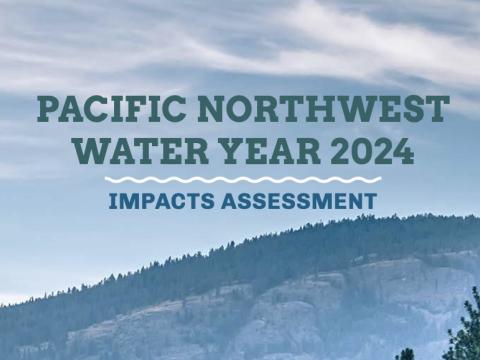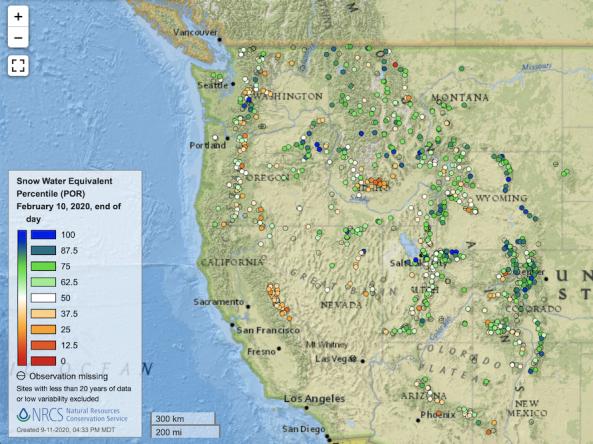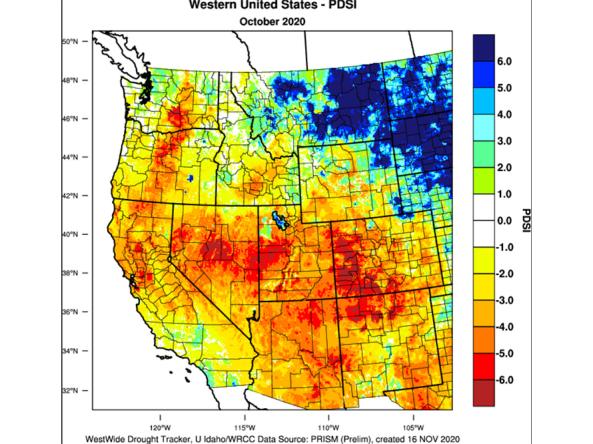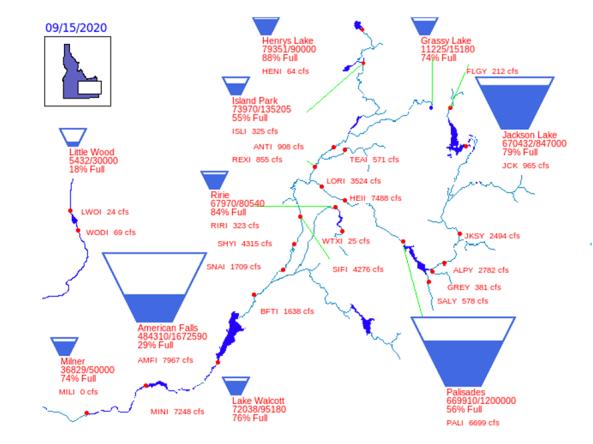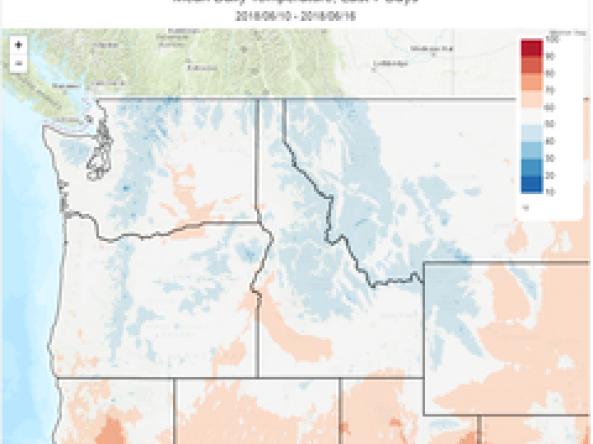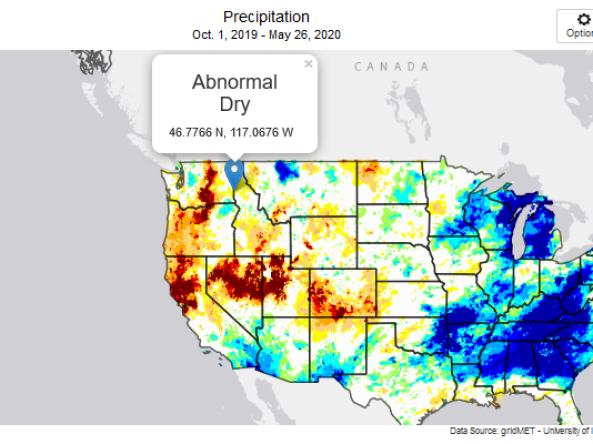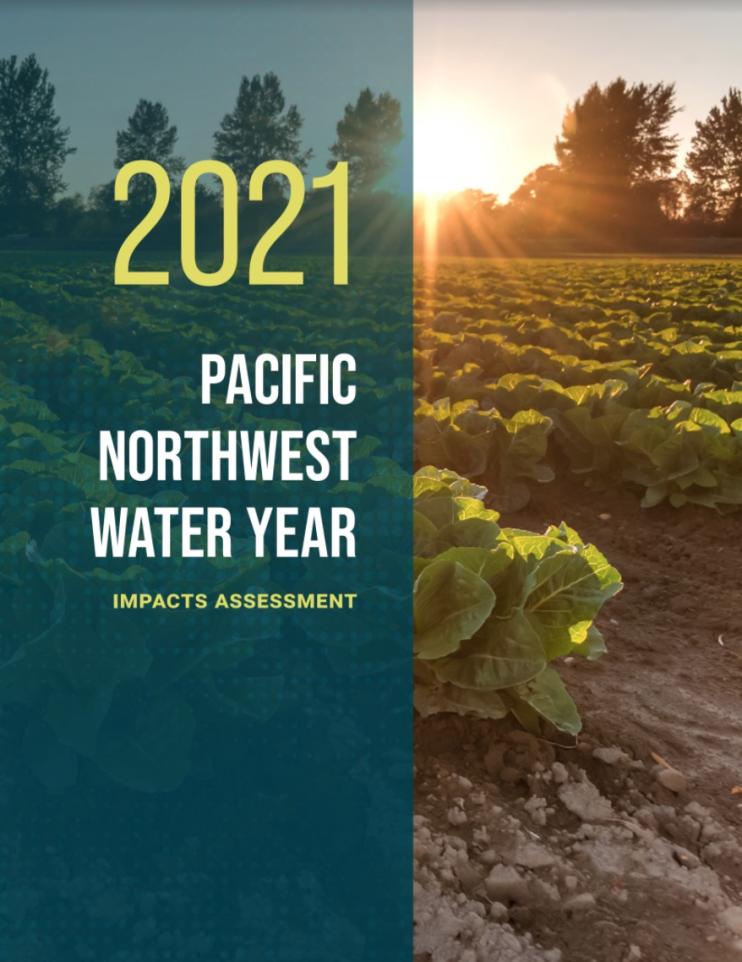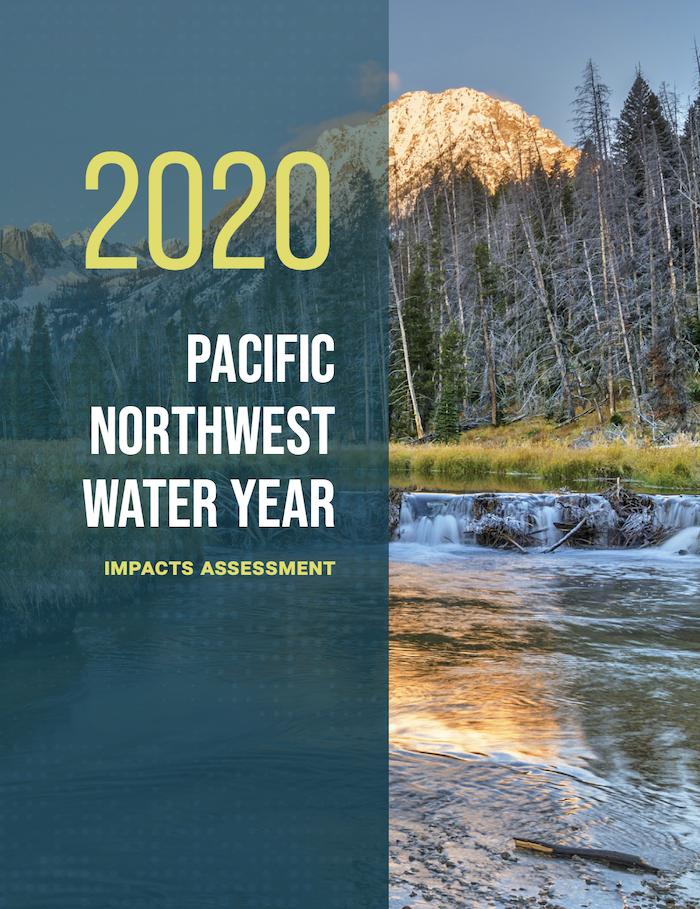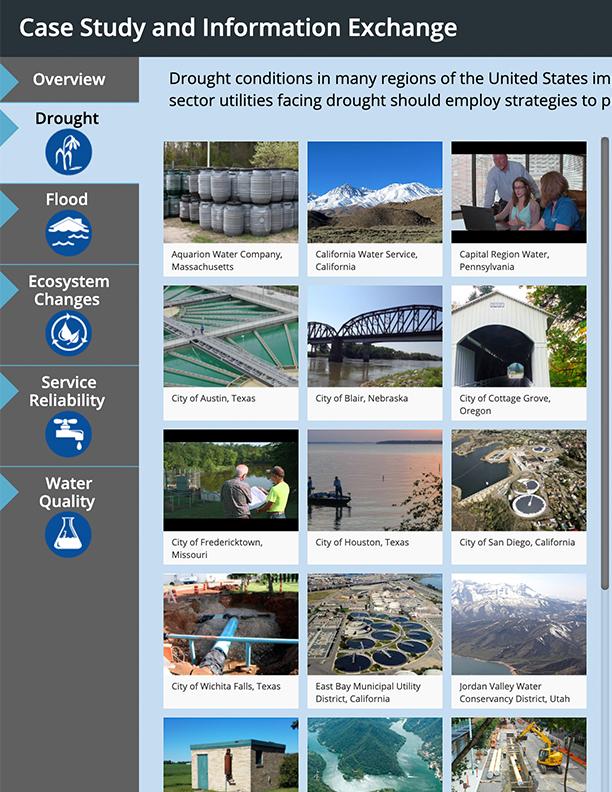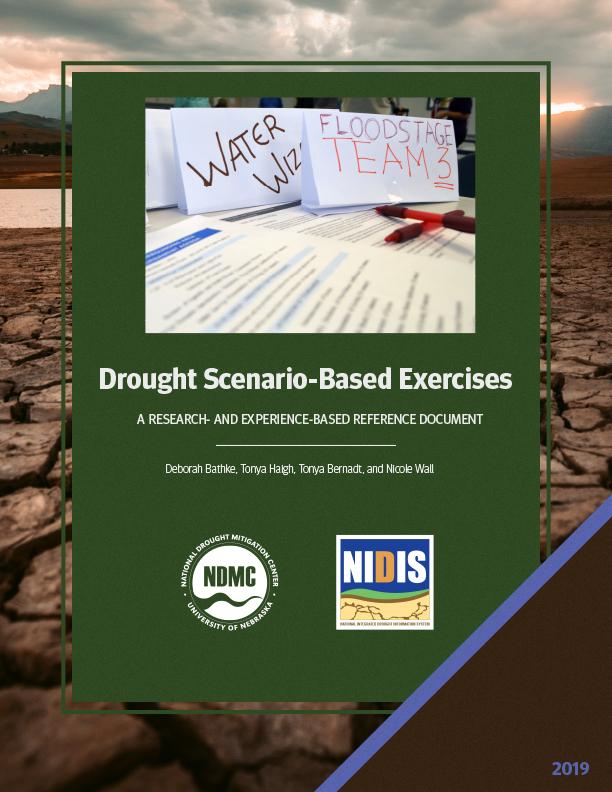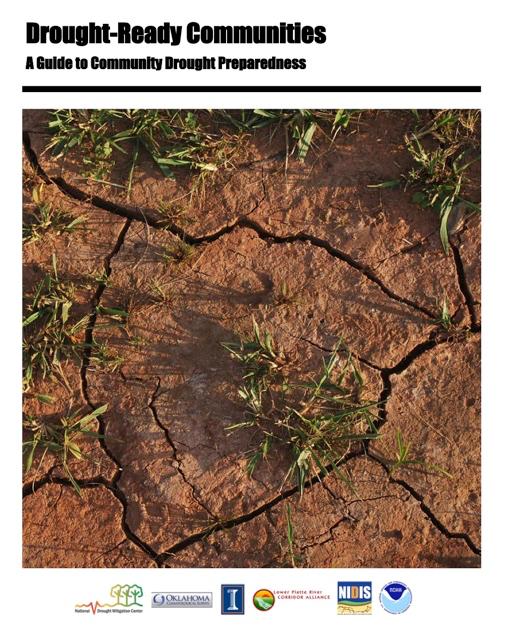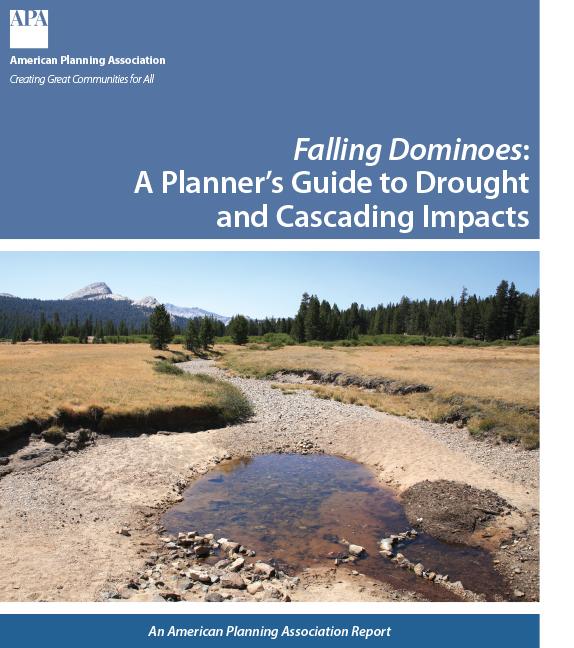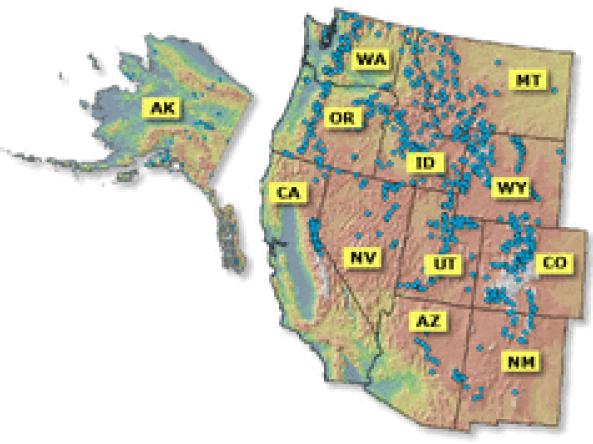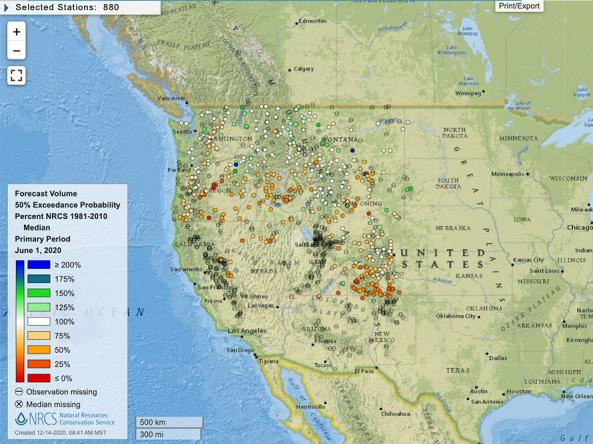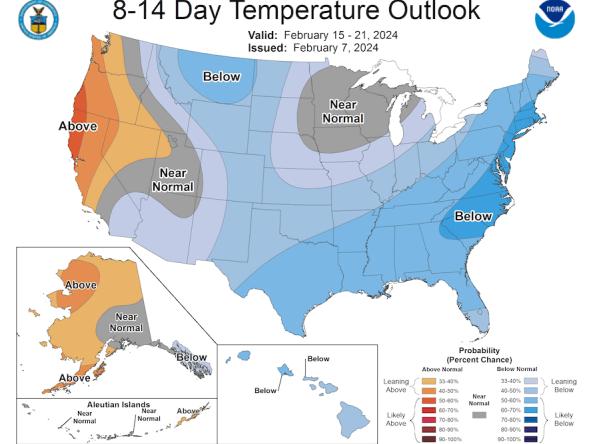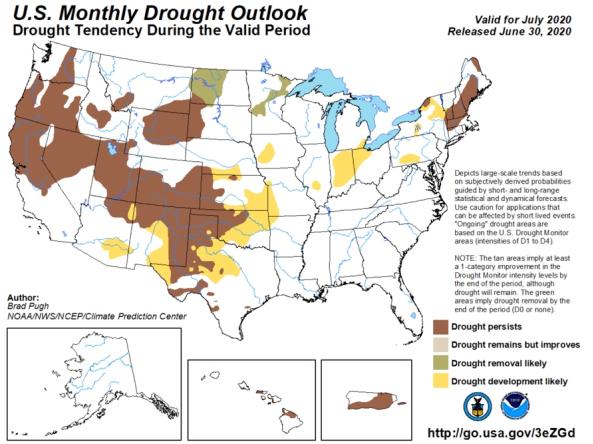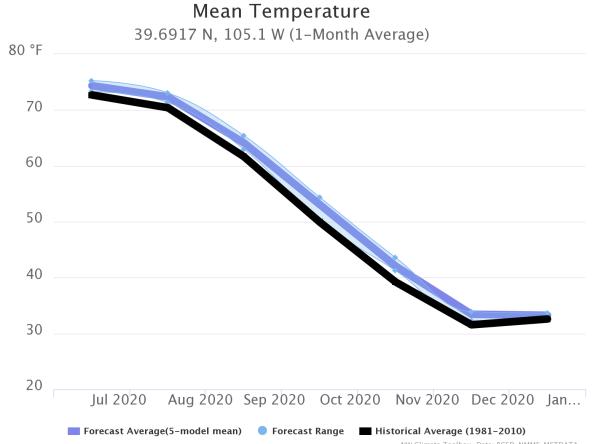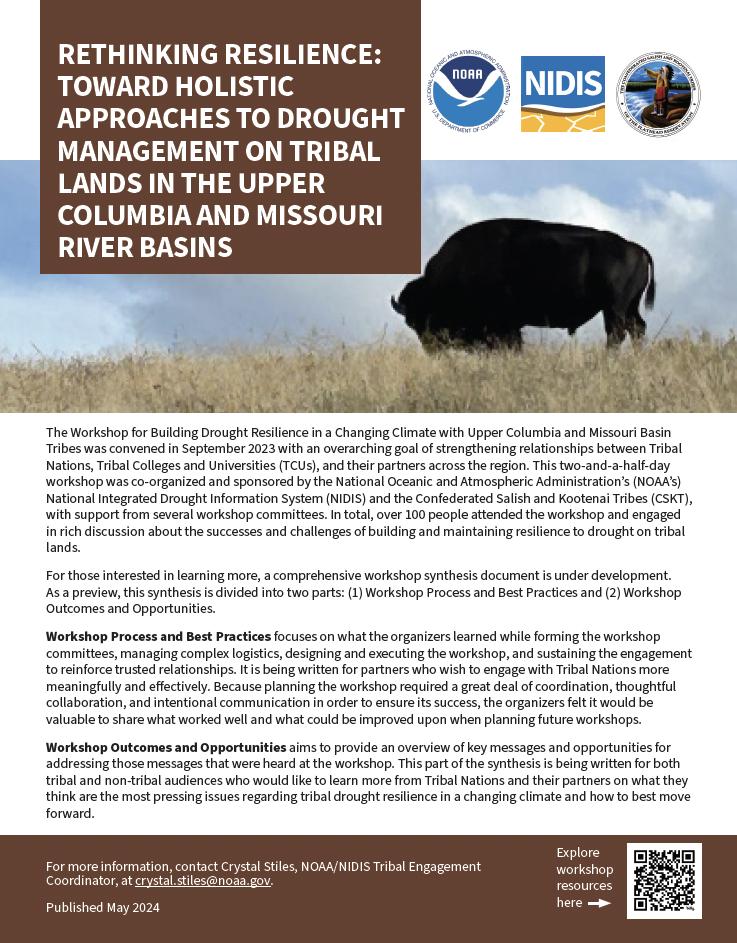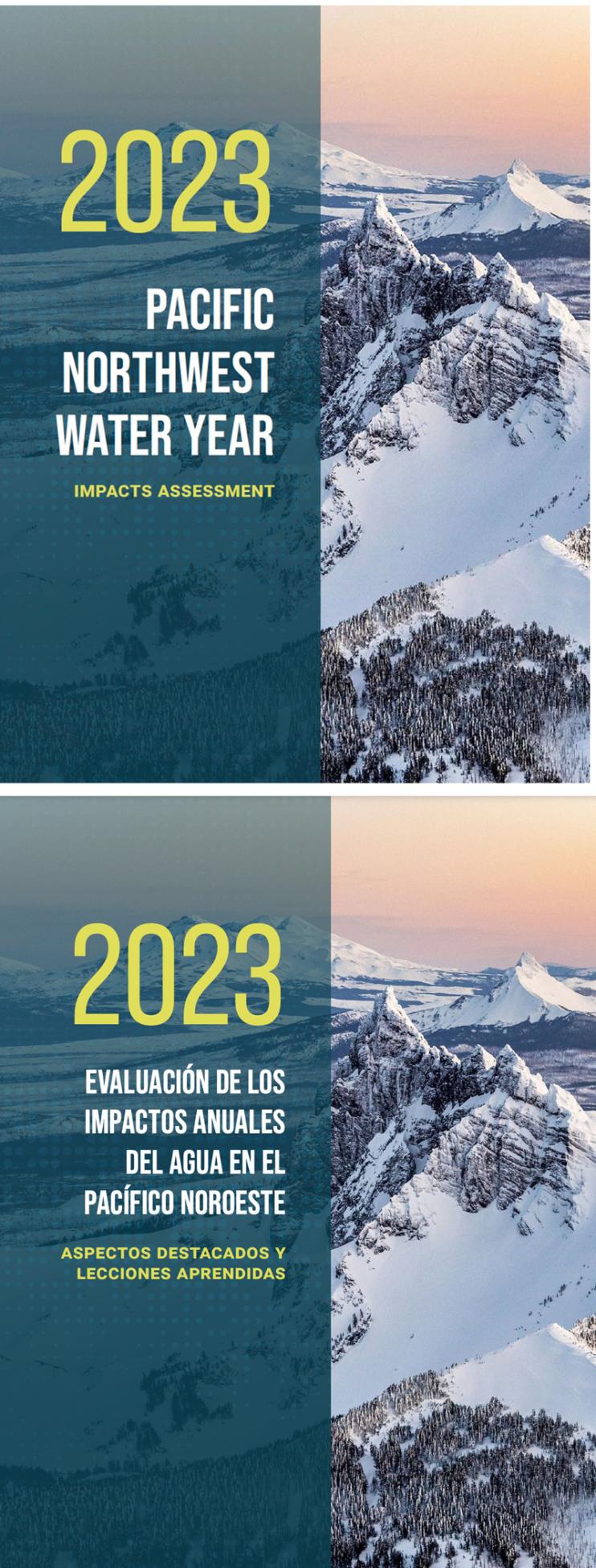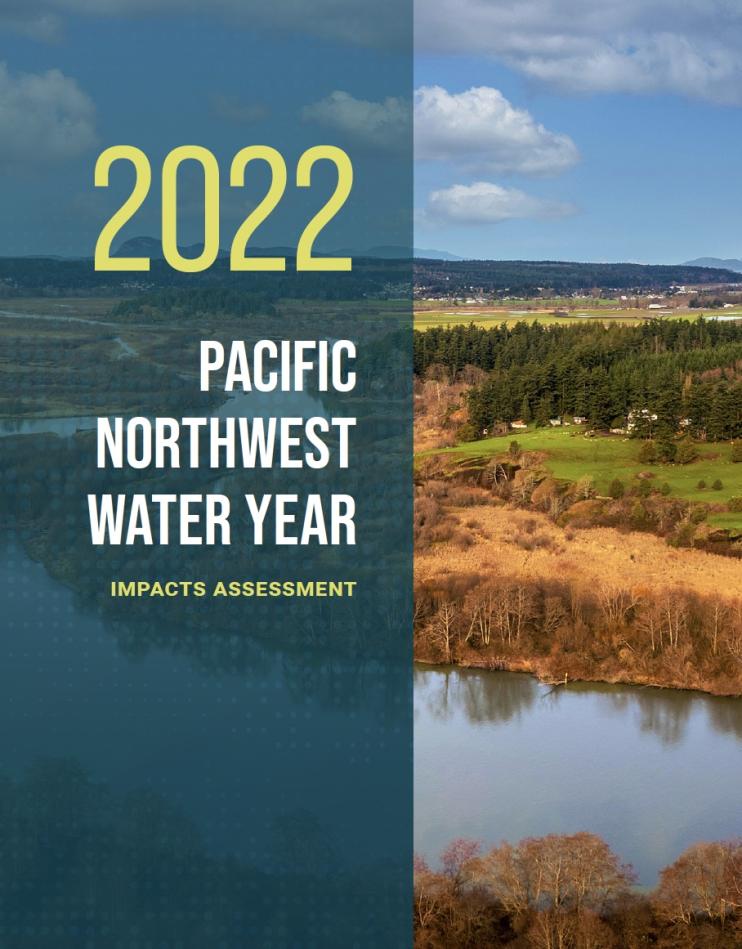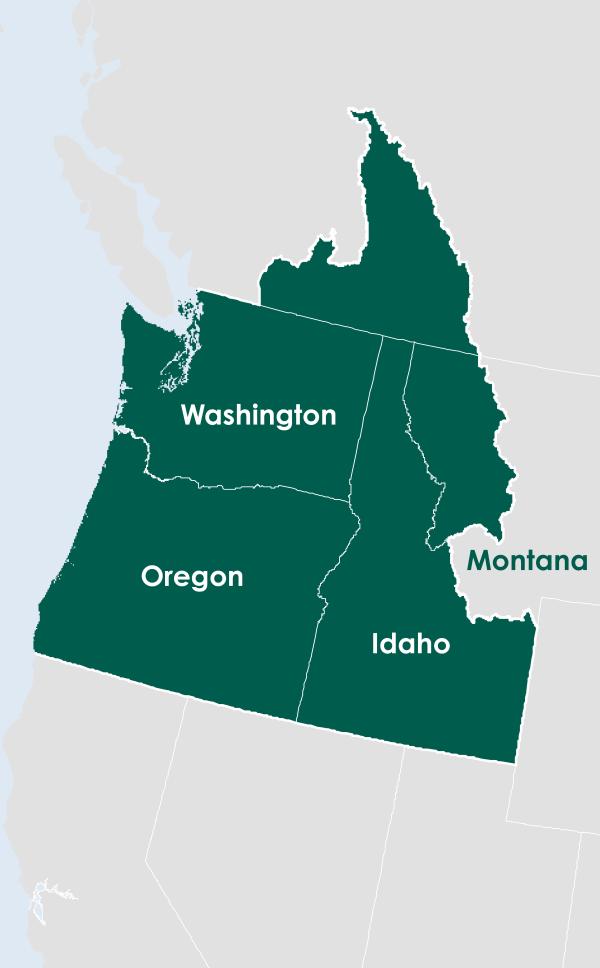
Pacific Northwest
The Pacific Northwest is often associated with rainy forecasts, foggy days on the coast, and large-scale irrigated agricultural projects in the arid interior. It is an ecologically diverse region heavily reliant on snowpack, precipitation, groundwater, and highly managed rivers like the internationally regulated flow of the Columbia River for its water supply. Despite its soggy reputation, even the coastal regions of the Pacific Northwest are no strangers to drought. The region experienced multiple droughts in the early 21st century. In 2015, virtually the entire region reached historic drought conditions. While the coastal regions experienced an unprecedented single-year drought, the eastern portions of Oregon and Idaho had been suffering under prolonged drought for multiple years. The Pacific Northwest DEWS is a collaborative federal, tribal, state, and local interagency effort to improve early warning capacity and resilience to drought in the region.
Primary contact: Jason Gerlich, Regional Drought Information Coordinator
The purpose of the 2024 Pacific Northwest Water Year Impacts Assessment is to connect the water year conditions to sector-specific impacts to inform planning, response actions, and technical and scientific information needs. This assessment primarily reflects information gathered from the annual Water Year Recap and Outlook meetings for Idaho and for Washington and Oregon, as well as the Annual Pacific Northwest Water Year Impacts Survey.
Regional Activities
The following table highlights activities in the Pacific Northwest that are ongoing efforts related to drought, involve multiple partners, serve as a unique way to address regional drought needs, and are related to at least one of the components of drought early warning. Please contact Jason Gerlich (jason.gerlich@noaa.gov) for more information about the table or to inquire about getting an activity added to the list.
DEWS Component Legend
Drought is a complex environmental hazard that impacts both ecological and social systems. Accounting for the role of human attitudes, institutions, and societal values in drought planning is…
This project will develop a web-based tool to expand on the initial work done by Danielle Moruzzi: a CIRC graduate student who took a different approach to drought recovery by…
2020
2022
This project plans to expand current work exploring dry farming techniques as a climate adaptation strategy to deal with more drought conditions in western Oregon and Washington when less water is…
2019
2021
While there is a strong connection between drought and wildfire in the western United States, how drought influences the post-wildfire environment is less well-understood, especially at shorter (1…
2019
2023
National Weather Service drought information statements provide up-to-date reports on the current drought situation for a Weather Forecast Office’s (WFO's) county warning and forecast area. These…
Observation + Monitoring
When monitoring drought, it is important to look at data across the spectrum—from the atmosphere, land surface, and water availability below the surface. The list of data and maps below has been customized for the Pacific Northwest and provides a snapshot of conditions across that spectrum, including precipitation and temperature departure data, evaporative demand, streamflow, soil moisture, groundwater, and various derived indices for monitoring drought in the region. Monitoring for the impact of drought is also important, and resources to submit conditions and/or impacts and view conditions are provided.
Regional Data and Maps
Point maps and interactive maps of snow water equivalent, snow depth, and snow density from the Natural Resources Conservation Service (NRCS) Snow Telemetry (SNOTEL).
The WestWide Drought Tracker (WWDT) provides fine-scale drought monitoring and climate products for the Western United States.
Reservoir storage "teacup" diagrams for U.S. Bureau of Reclamation dams in the Pacific Northwest region.
The Climate Toolbox is a collection of web tools for visualizing past and projected climate and projected climate and hydrology of the contiguous United States of America.
This tool, available as part of The Climate Toolbox, provides maps and summary tables of different drought types, such as agricultural and meteorological drought, for a location in the contiguous U
WaterWatch is a U.S. Geological Survey (USGS) World Wide Web site that displays maps, graphs, and tables describing real-time, recent, and past streamflow conditions for the United States.
Planning + Preparedness
Droughts will continue to happen, and by understanding how they evolve and how sectors are impacted, states and communities can be better prepared. Whether planning at the state or local levels, proactive preparation and having tools that give those on the ground sufficient time to take action can minimize the economic and ecological damage of drought. Drought plans can be stand alone or integrated into existing plants (e.g., hazard mitigation planning, land-use planning). The states of the Pacific Northwest all have drought, water, hazard mitigation and climate change adaptation plans that include drought – some of which are currently being updated.
Regional Drought Planning Resources
Prediction + Forecasting
There are many challenges to improved drought predictions and forecasting. Drought characteristics and physics must be understood in space and time for droughts to be predicted with skill. The more advanced warning that is given to water utilities, agriculture producers, fire managers, and communities, the more time they have to take action to reduce the impacts of drought. This section includes resources for drought prediction and forecasting across various time scales. The appropriate time scale will depend upon how this information is being used (e.g., drought response, mitigation management action, long-term planning). Weather and climate prediction is an evolving science, as researchers continue to find ways to improve models and forecasting capabilities at various time scales.
Regional Forecasts and Outlooks
Reports and data on streamflow, forecasts, reservoir storage and other hydrologic information for the Western United States.
Monthly streamflow maps comparing percent of monthly average flow to their respective 1981-2010 average. Available in spring and summer for the western U.S.
The Climate Prediction Center (CPC) produces temperature and precipitation outlooks for the U.S., including 6-10 day, 8-14 day, monthly, and seasonal outlooks.
The monthly and seasonal (3-month) outlook for drought tendency from the Climate Prediction Center (CPC), which depicts large-scale trends based on subjectively derived probabilities guided by shor
NWS provides a wide selection of forecast maps for temperature and precipitation for the next 12 hours to 6 days.
This tool, available as part of The Climate Toolbox, provides a graphical summary of seasonal climate forecasts of temperature and precipitation for the next sever months for a selected location.
Communication + Outreach
An important component for drought early warning is communicating this information to stakeholders across the Pacific Northwest region who need this information in order to make more informed decisions. There are various ways drought information is communicated across the Pacific Northwest, including a bi-monthly webinar series, a quarterly climate report, and the Pacific Northwest DEWS email list. There are also regional and state-specific communications that are available within the region.
Regional Communications Documents
Research + Applications
Research to better understand drought in the Pacific Northwest and its development, persistence, improvement, and interaction with other hazards is critical to providing timely and reliable information, products, and services in support of drought early warning. This page highlights research projects that are studying drought in the Pacific Northwest region, with support from NIDIS.


